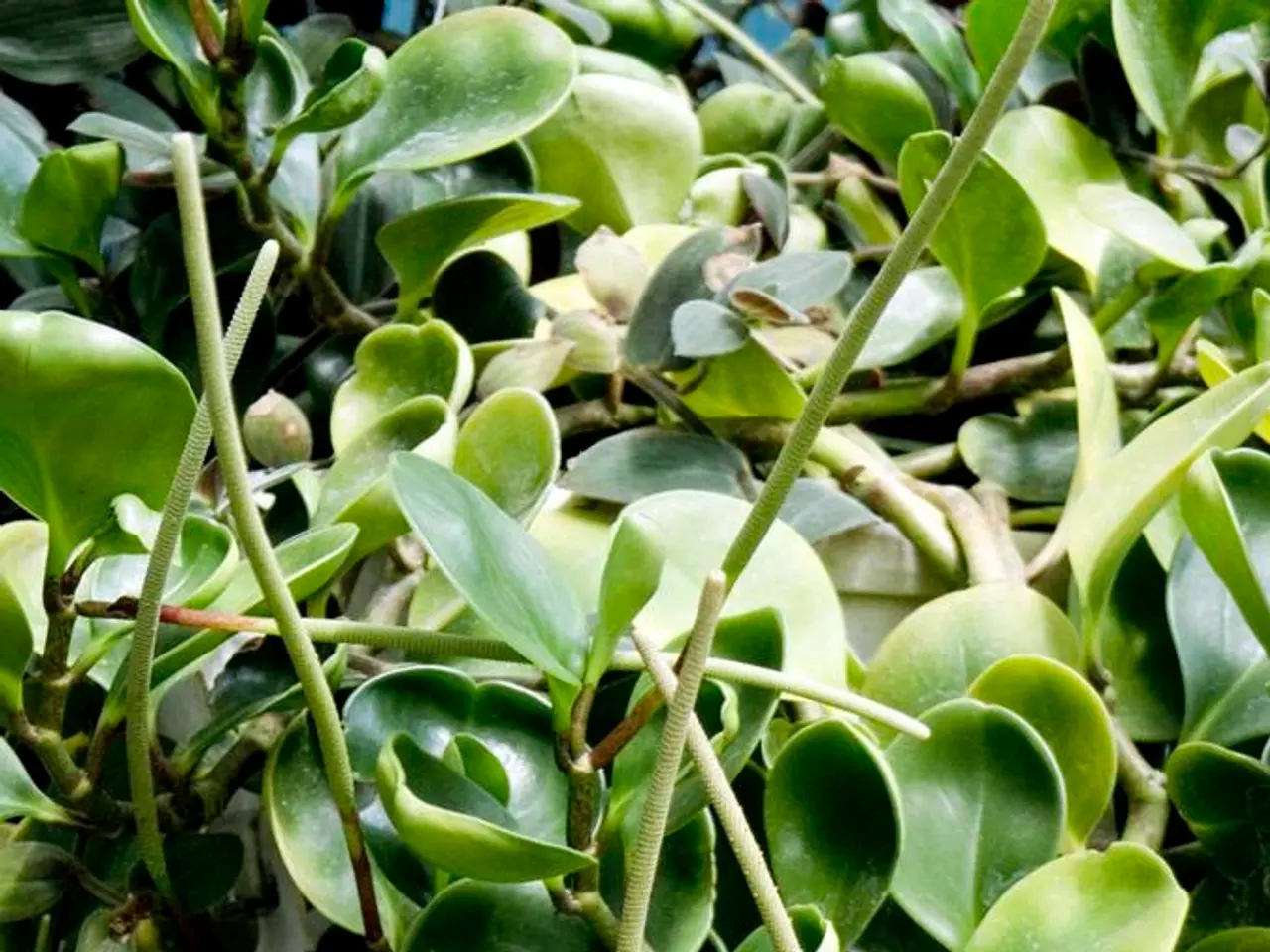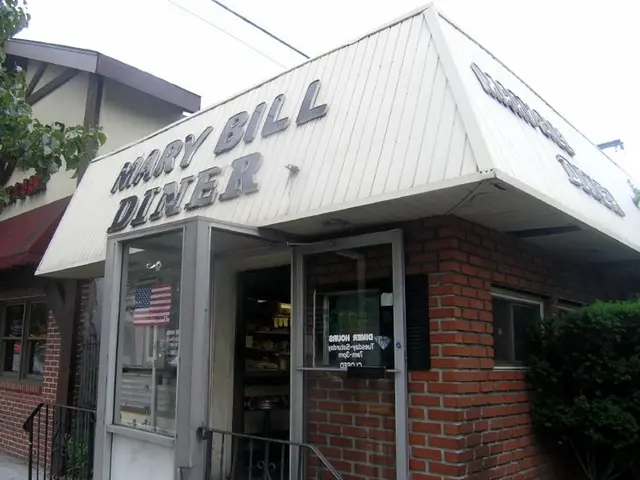Expert Gardeners Uncover Method for Flourishing Greenery with Minimal Hydration
In an effort to conserve water and promote sustainability, gardeners can create attractive, water-efficient gardens that support healthy soil and plant growth. Here are some key strategies recommended by landscaping experts:
Selecting Native and Drought-Tolerant Plants
Choosing native and drought-resistant plants is crucial for minimising supplemental watering once they are established. These plants are more resilient to heat and drought, reduce maintenance, and support local biodiversity. Ward Dilmore, founder and head designer at Petrus Landscaping, suggests planting drought-tolerant varieties farthest away from water sources to conserve water. Tammy Sons, the founder and CEO of TN Nursery, also encourages the use of native plants, particularly in drought-prone areas, as they are adapted to the baseline conditions of a given area, including rainfall.
Applying Mulch
Applying mulch, such as straw, wood chips, or leaf litter, around plants can reduce evaporation by up to 50%, keep soil temperature stable, and prevent weed growth that competes for water. Siobhan Shaw, co-founder of the non-profit Growing to Give, and Ward Dilmore both advise adding compost and organic matter to the soil annually to improve water retention and drainage. Mulch not only aids in water conservation but also enhances the soil's nutrition, creating a better feeding environment for plants.
Grouping Plants by Similar Water Requirements
Grouping plants with similar water requirements together optimises irrigation efficiency and prevents over- or under-watering specific areas. By doing so, gardeners can ensure that each plant receives the appropriate amount of water, promoting healthy growth and reducing water waste.
Installing Efficient Irrigation Systems
Installing efficient irrigation systems, like drip irrigation placed beneath mulch, delivers water slowly and directly to plant roots, minimising runoff and evaporation. Using timers and soil moisture sensors further enhances watering precision. Ryan Farley, CEO of LawnStarter, emphasises the importance of efficient irrigation systems in creating water-efficient gardens.
Designing the Landscape
Landscape design plays a significant role in water conservation. Features such as proper drainage, shade elements, and using hardscape components (patios, gravel pathways) to balance plantings and reduce the planted area help reduce water waste. Siobhan Shaw also recommends designing gardens with water-efficient elements, such as shaded areas, which can be more water-efficient and help reduce water loss from evaporation.
Scheduling Watering During Cooler Times of the Day
Watering plants during cooler times of the day, such as early morning or late afternoon, can reduce water loss from evaporation. Allowing plants to grow out can also create a fuller canopy, shading the plants and reducing the need for frequent watering. However, overpruning plants can increase evaporation and make plants thirstier.
By combining these approaches, gardeners can create attractive, sustainable gardens that use significantly less water while supporting healthy soil and plant growth.
Note:
- Bonnie Ferrero, the author, has interests in hiking, cooking, gardening, and home decorating.
- Watering during higher temperatures can lead to more water evaporation.
- Allowing plants to grow out can create a fuller canopy, shading the plants and reducing the need for frequent watering.
- Choosing native plants can help reduce water consumption in drought-prone areas.
- Overpruning plants can increase evaporation and make plants thirstier.
- In their quest to promote a sustainable lifestyle, gardeners can incorporate organic seeds into their gardening projects, strengthening the soil for healthier plant growth.
- To showcase decorative elements while conserving water, gardeners can creatively place home-and-garden decors, such as rocks and sculptures, within their landscaped areas.
- When planting, gardeners can choose various organic matter, like compost, to enrich the soil and improve its capacity to retain water for longer periods.
- Instead of focusing solely on traditional planting methods, gardening enthusiasts can incorporate hydroponic or vertical gardening techniques, which use less water compared to conventional soil-based planting.
- To support the overall water-efficient garden philosophy, gardeners can adapt their lifestyles to include native plants, drought-tolerant organic decor, and smart watering practices throughout their home-and-garden endeavors.




